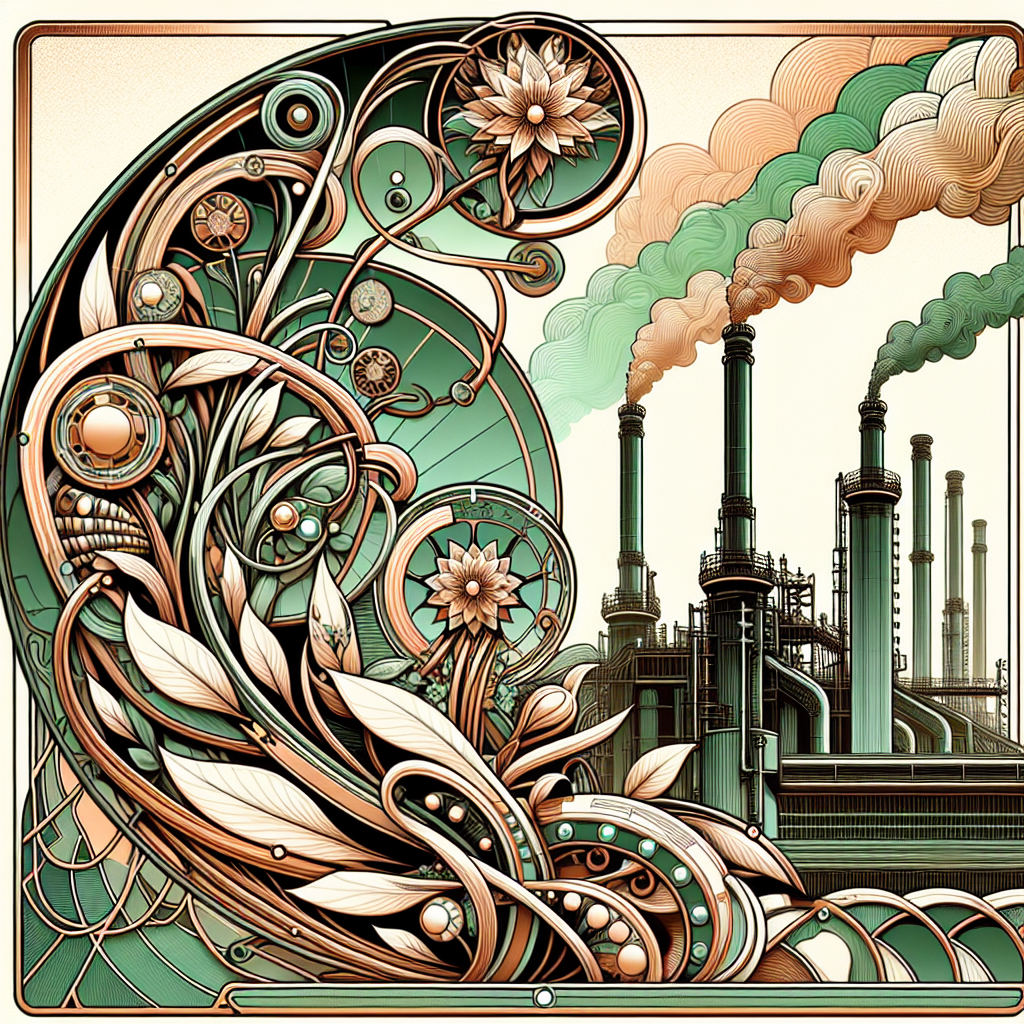Beyond Gold: Why Industrial Metals Tokenization Will Outperform Precious Metals in the $10 Trillion RWA Space

While investors are flocking to tokenized gold like it's the last avocado toast at a millennial brunch, the smart money might be eyeing a less glamorous but potentially more lucrative sector of the rapidly expanding Real World Asset (RWA) tokenization market: industrial metals.
The Glitter vs. The Grit: A Market Comparison
The precious metals market, dominated by gold and silver, is projected to reach $275.5 billion in 2024 and grow to $526.9 billion by 2035. Impressive numbers, certainly. But here's the reality check – tokenized gold accounts for a mere $1.2 billion of this market. That's smaller than many mid-cap cryptocurrency projects that consist of nothing more than a logo and a whitepaper promising to 'revolutionize' something.
Meanwhile, industrial metals like copper, aluminum, and rare earth elements form the backbone of our modern infrastructure, tech products, and – crucially – the green energy transition. These metals may lack the historical allure of gold, but they possess something potentially more valuable: actual industrial utility in a rapidly electrifying world.
Industrial Metals: The Unsung Heroes of the Green Revolution
If 2025 forecasts are any indication, we're approaching a cyclical peak in demand growth for industrial metals. This surge isn't driven by speculative investment like gold often is, but by fundamental economic factors:
- Monetary easing and anticipated lower interest rates
- Chinese fiscal stimulus supporting manufacturing output
- The accelerating green energy transition requiring massive amounts of metal-intensive infrastructure
Let's be frank – you can't build an electric vehicle with gold bars. Well, technically you could, but the range would be terrible and the sticker price might make even Tesla blush. What you do need are copper for wiring, aluminum for lightweight bodies, and rare earth elements for powerful magnets in motors and batteries.
The Investment Case: Stability in Utility
When comparing industrial and precious metals as investments, several advantages emerge for the industrial side:
1. Reduced Price Volatility
Industrial metals tend to experience less dramatic price swings than precious metals. Gold and silver prices can surge or plummet based on everything from inflation fears to political instability. While this volatility can create opportunities for traders, it creates headaches for long-term investors seeking reliable returns.
2. Fundamental Demand Drivers
The value of industrial metals is anchored in their practical applications rather than their perceived status as stores of value. As we transition to green energy infrastructure, demand for copper, aluminum, and rare earths isn't just speculation – it's necessity. When was the last time you heard someone say, 'We simply can't build this solar farm because there isn't enough gold'?
3. Supply Chain Security Concerns
Geopolitical tensions, particularly around critical minerals like rare earth elements, are pushing nations to secure domestic supply chains. This emphasis on resource security creates government-backed demand floors that precious metals simply don't enjoy to the same extent.
Lumia: Bringing Industrial Metals to the Tokenization Frontier
Enter Lumia, a next-generation blockchain platform designed specifically for integrating Real-World Assets into the DeFi ecosystem. While others are focused on tokenizing gold and silver, Lumia is pioneering the tokenization of industrial metals like copper and aluminum.
Lumia's approach leverages advanced technologies including:
- Polygon CDK for scalability and security
- Lumia Stream for liquidity aggregation across both centralized and decentralized exchanges
- Real-time commodity price feeds through on-chain oracles
This infrastructure allows for efficient price discovery, trading, and investment in tokenized industrial metals – bringing the traditional metals market into the digital age.
The $10 Trillion Opportunity
The broader RWA tokenization market represents a multi-trillion-dollar opportunity. While precious metals will certainly play a role in this ecosystem, industrial metals offer a compelling alternative with stronger fundamental demand drivers.
For investors looking to capitalize on the convergence of blockchain technology and real-world assets, tokenized industrial metals present several advantages:
- Exposure to green energy transition trends
- Portfolio diversification beyond typical crypto and precious metal investments
- More stable returns backed by industrial demand rather than speculative interest
The Future Is Industrial
As we look toward the future of the tokenized RWA space, industrial metals are positioned to outperform their more glamorous precious metal counterparts. Their fundamental utility in an increasingly electrified world, combined with innovative tokenization platforms like Lumia, creates a unique investment opportunity that merges the best of traditional commodities with cutting-edge financial technology.
So while everyone else is distracted by the shine of tokenized gold, perhaps it's time to consider the less flashy but potentially more valuable industrial metals sector. After all, in the green energy future we're building, copper wiring will be significantly more useful than gold bars – unless, of course, you're planning to use those gold bars as very expensive, very inefficient paperweights.




